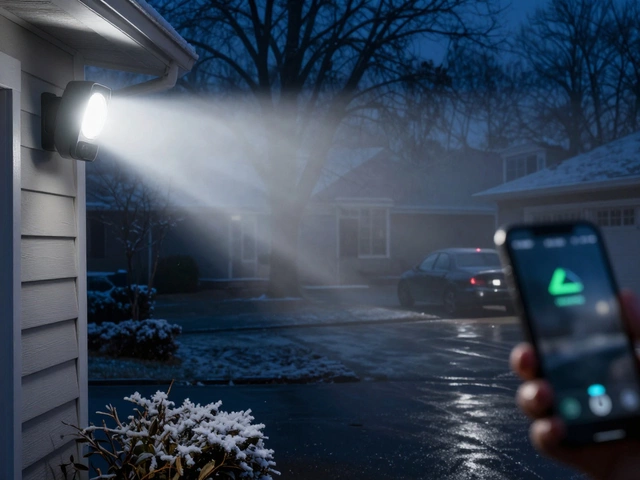Motion Detector Issues: What Goes Wrong and How to Fix It
Ever had your alarm go off while you were just walking the dog? Chances are a motion detector is acting up. These gadgets are great at spotting movement, but they can also be a source of irritation when they misbehave. Below we’ll break down why motion detectors falter and give you quick fixes you can try before calling a tech.
Why Motion Detectors Misfire
Most motion detectors rely on infrared (PIR) sensors that sense body heat. If something blocks the sensor’s view – a piece of furniture, a stray pet, or even a curtain blowing in the wind – the sensor can send false alerts. Temperature swings also play a role; when a room goes from warm to cold, the sensor may think the change is movement.
Another common culprit is low battery power. A dying battery can cause intermittent signals, which the alarm interprets as motion. Finally, older units may simply be out of calibration. After a few years the sensor’s range can shrink, leaving blind spots or overly sensitive zones.
Quick Fixes You Can Do Yourself
First, check the placement. Make sure the detector has a clear, 90-degree view of the area you want covered. Move any obstructing objects and test the alarm by walking through the zone. If you own a pet, consider a pet‑immune model or adjust the sensitivity settings – most modern units let you set a “pet size” threshold.
Next, swap the battery. Even if the indicator shows green, replace it with a fresh alkaline or lithium cell. This simple step fixes most intermittent signals. While you’re at it, clean the sensor’s front lens with a soft, dry cloth; dust can scatter infrared beams and trigger false alarms.
If the detector still acts up, look for a “sensitivity” knob or a digital menu. Lower the setting a notch and run a test. You should notice fewer unwanted alerts while still catching genuine movement. For units with a “pet‑immune” switch, enable it – it tells the sensor to ignore small heat signatures.
When the problem persists, it might be a wiring issue. Loose connections cause the panel to receive erratic signals. Turn off power at the breaker, remove the detector, and tighten any terminal screws. If you see corroded wires, replace them with fresh ones.
Lastly, consider firmware updates. Many manufacturers release patches that improve sensor algorithms and reduce false triggers. Visit the brand’s website, download the latest firmware, and follow the update instructions – usually a simple connect‑and‑flash process.
By following these steps you can keep your motion detectors reliable without breaking the bank. Regular maintenance, proper placement, and a fresh battery go a long way toward preventing those annoying false alarms. If you’ve tried everything and the unit still misbehaves, it’s time to replace it with a newer, more accurate model. Your peace of mind (and your neighbour’s patience) will thank you.






